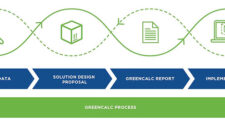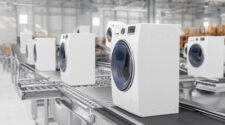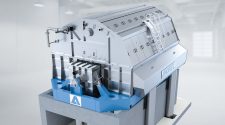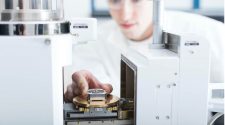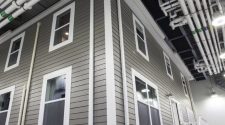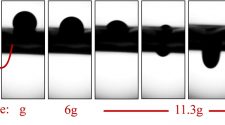Concepts to Reverse Damaging Environmental Mistakes Comes in Many Forms – Including Algae
Airbuild is a company driven by the vision of transforming the world through the power of
algae. Led by David Gory, Chief Executive Officer, the team includes John Bucur, Chief Sustainability Officer, Richard Mariita, Chief Science & Technology Officer and James Davis, Founding Principal Engineer. Their mission is rooted in developing and deploying algae-based carbon capture solutions that are scalable, affordable, and accessible to communities around the globe. Their venture is driven by personal experience with the effects of environmental hazards that plague the world’s sustainability. Airbuild started as an LLC in 2021, but officially restructured and relaunched as a C corp last year.
Using a patented and proprietary carbon removal process that is hosted in a solar panel and employs the most efficient biological organisms – microalgae – each of Airbuild’s solar-driven panel solutions removes more carbon dioxide than 15 trees. The efficiently sized panels, at 5 ft x 4 ft and 6 inches deep, sequester carbon at the rate of 150 kg per year, with solar generation at 450 watts.
With embedded solar cells, there is no compromise for the productivity of roof space, as they contribute to energy efficiency of the building on which they are hosted. The Airbuild panel generates renewable energy to meet organizational needs. It goes one step further to utilize water filtration, where algae produces oxygen that allows aerobic bacteria to break down organic contaminants in water and takes up excess nitrogen and phosphate in the process. What remains is an algae biomass that then can be commercialized by selling it to companies that use it in their products, many of which are recognizable name brands.
While the concept is in final testing phases with the University of Massachusetts, they are working towards a mass-produced product in test scenarios with companies that are already on board to adopt.
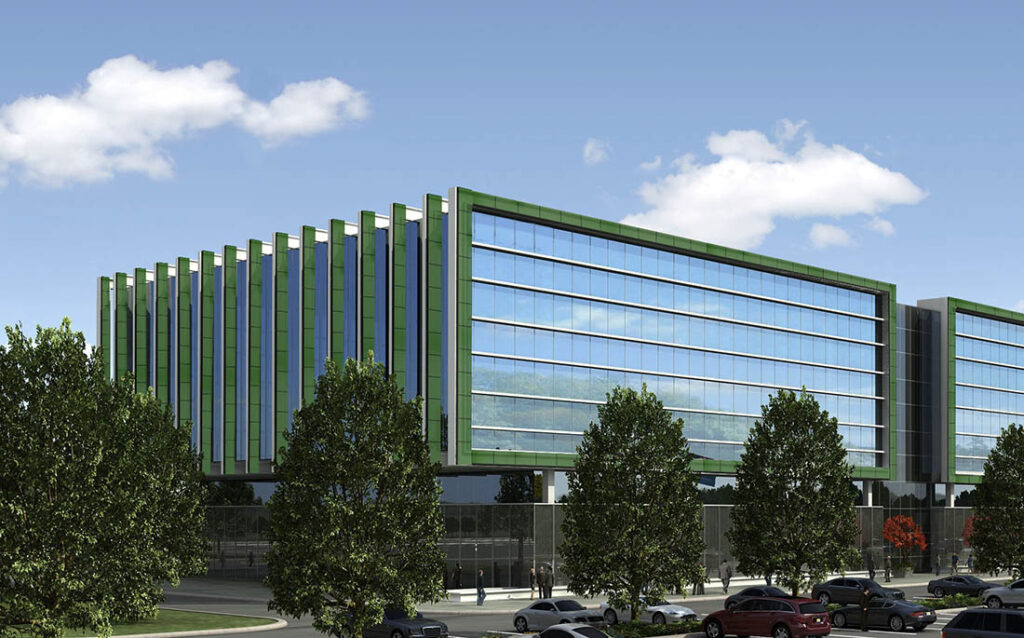
International Filtration News spoke with David Gory on the concept and company. It is one to watch.
International Filtration News: Let’s take a step back and in your words, describe carbon capture and why is it an important emerging technology?
David Gory: The easiest way to explain the need is, it’s all about plus minus. The way the planet stays at the same temperature is simple science. As we breathe, carbon gets released by humans, then nature through photosynthetic organisms converts the carbon into oxygen while the ocean and rocks just capture it.
Over the course of industrialization, trees were destroyed to build our much-needed infrastructure, which has caused a release of more carbon than other elements including the ocean, the rocks, the mountains, and the plants are able to capture. So, now there is an imbalance. We are aware of it; we see the
effects from here in the state of California, to all around the world, evident in highly unusual weather patterns. I’m from Nigeria, where I spent the first 16 years of my life before attending college in the United States. My parents, who are still there, often comment on insane weather patterns, as well as the significant temperature difference from, say, 10 years ago to today.
The idea of carbon capture is to take in the excess carbon from the environment, to return the temperature and environmental balance to what it was pre-industrialization.
IFN: What is the background of you and your team, and how did it originate?
Gory: I have a bachelor’s degree in mechanical engineering, a master’s degree in business administration and another in cybersecurity, which in no way, shape, or form relates to this project.
When studying at Cleveland State University, I met one of the former co-founders, who left the company last year. I was an undergraduate and he was in graduate school, and we became close friends. Fast forward two years later, he had started his career, and I was in my master’s program. We reconnected. He mentioned starting a company with John Bucur with the mission to restore planetary health. He connected me to John, we had immediate synergy, and I joined the team.
The DEVELOPMENT team:
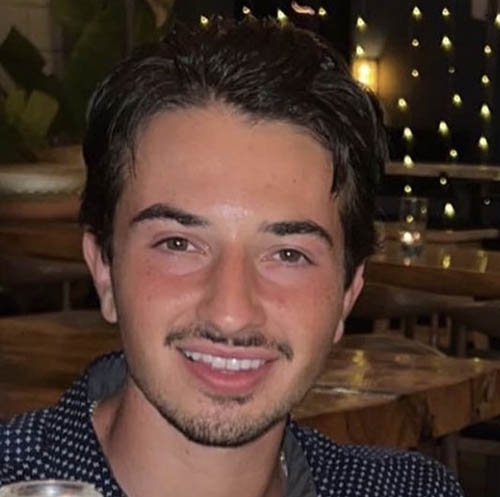
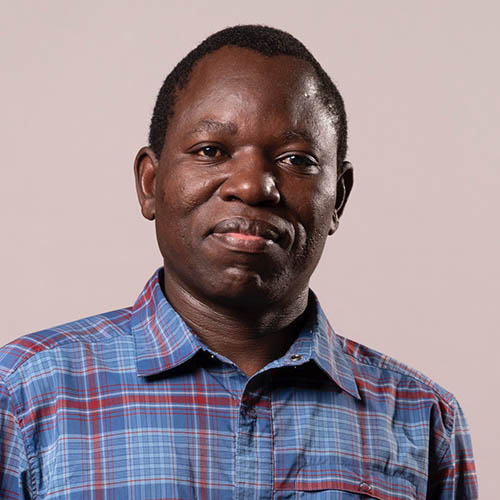
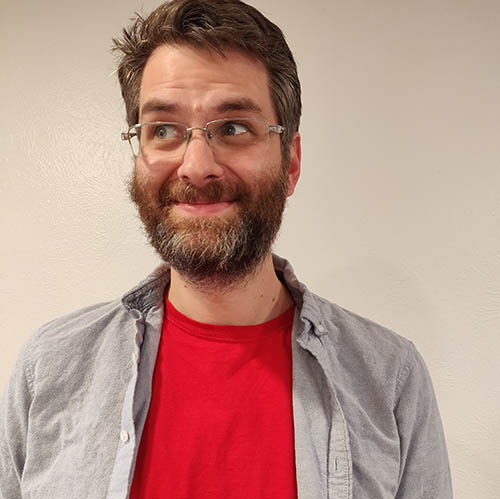
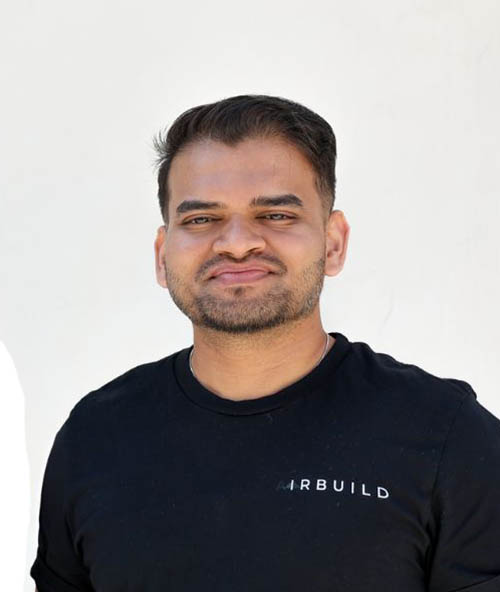
John’s idea stemmed from his undergraduate study of business sustainability at Arizona State University. His interest was in green roofs and the impact they have on the environment. The limitation of green roofs is that they are too heavy for the zones that need them the most industrial and commercial zones. His mission was to exponentially increase their potential and decentralize carbon sequestration by engineering a solution to solve that problem.
As a team, after analyzing many materials for the project, ultimately, we decided to utilize algae because of its many unique properties, yet none of us are biologists. We struck gold bringing on Dr. Richard Marita, PhD, a micro-biologist with multiple degrees, two patents, and published in multiple publications.
Before Richard, our trial and error in the lab kept bringing us back to the drawing board. When Richard joined the team, in six months we got to a final product that we are currently testing with the University of Massachusetts.
What makes Richard unique is, like me, he’s someone who has felt the direct impact of industrial pollution in his native country. In Nigeria, we had to drink water out of wells because the natural water sources are polluted by industries. The terrible air quality leads to low quality of life for the citizens in that environment. But the person who felt it more was him; he lost his mother and his sister to waterborne diseases. This has been a motivating factor to find solutions for decentralized water filtration to
preserve public health. He has started two NGOs giving aid to Kenya and Ukraine in their time of need through water filtration. The second he told me that story, I knew he was the right person. I love his passion, his drive, and I believe with him we will succeed.
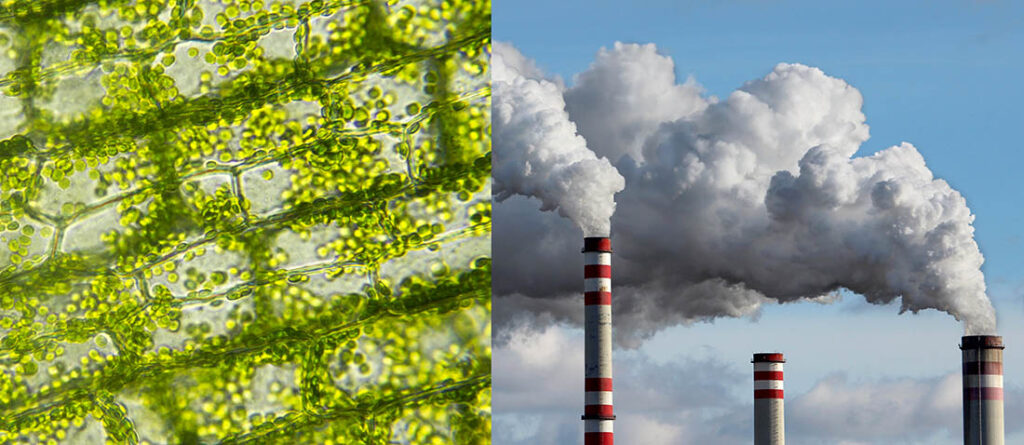
IFN: Describe the product under development.
Gory: Imagine a solar panel, on the outside, we have solar cells that generate energy. And on the inside, we grow algae. To get the algae to live in that solar panel, is where the IoT and automation comes in. We control the entire environment inside the panel by pumping air from the environment into the algae, which draws in the carbon and releases oxygen. In the overall process, we engineer a route to also detoxify grey water (wastewater that would end up in a septic and sewer system and can eventually end up in water bodies) from the building.
For water detoxification, the algae removes the nitrogen and phosphate that are harmful to aquatic life, plants, and humans. Algae absorbs them and releases clean water that can be sent into a water stream.
We route the cleaned grey water release for alternative purposes, such as irrigation. Also, the solar panel generates as much energy as a traditional solar panel.
IFN: The membrane is a bio-product; are you farming the algae in the solar panel?
Gory: We put the algae into the panel and then begin pumping in the grey water. The algae multiply aggressively, as it feeds on the grey water and carbon. Within hours, the algae starts growing and the panel gets greener. And you can visually see the effect as it multiplies over days. In approximately 12 to 30 days, it fills the entire panel and the algae is ready for harvest.
IFN: What happens to the algae in the panel?
Gory: There’s an automated system that harvests about 80% of the panel’s algae. Then, more grey water is pumped in and continues the cycle of growth. Right now, we’re testing with a centrifuge that separates the water from the algae biomass. The water gets routed to an irrigation system. And the biomass is harvested as a raw material that can be used to produce other fascinating things. For us, it is a waste material, but to others it is a raw material that can be monetized and sold to other industries to make kitchen counter tops, biodegradable ceramics, green hydrogen, ink for pens, plastics, and even coffee cups, you name it. We’re working with these kinds of companies to be a supplier of this raw material.
IFN: How does this work in the business side of your operation?
Gory: The way we structured our business plan, the panel belongs to the customer. We sell the panels, charge a monthly subscription for harvest and data management, and take a transaction fee for algae biomass and carbon credit sales on our marketplace.
IFN: Is there a working model of your concept and what are the obstacles so far?
Gory: We are still in final testing and hope to be ready for our testing partners to install their panels soon. As proof of concept, in 2013 in Hamburg, Germany, a company called Cellparc actually integrated algae into our built environment.
The idea is to keep the algae in motion. If you keep if you let algae settle, then it starts sticking to things, so there’s always sustained airflow, and we’re continually annoying the cells. This is where the
genius of Richard comes in with innovation to prevent biofilm and reduce maintenance. It works as a full system, currently being fine-tuned in the lab with automation and ML.
IFN: To clarify, the solar panels act as filtration and HVAC elements, and carbon capture agents?
Gory: Our panels help with grey water filtration, carbon capture for the environment, and energy generation for the building. By regulating the heating and cooling temperature of the building, we believe it would reduce the amount of energy they’re consuming. Most buildings will have a traditional HVAC system, but they can supplement their energy with solar power.
IFN: Tell us about your affiliation and support from the Techstars program.
Gory: Techstars is the world’s most active pre-seed investor; their acceptance rate is less than that of Harvard. We got lucky enough to be accepted into the inaugural class of Techstars San Diego powered by SDSU. We learned so much about building a business out of an idea, because that’s all we had at that point.
We received pre-seed funding from them, learning under the wings of great mentors Ryan Kuder, Andy Ballester, and Vidya Dinamani to name a few, and tapped into that network to guarantee our success.
IFN: Your mission is to make a global impact, how do you see that happening?
Gory: The way we see the ability to grow this in any country is the way we incentivize them. We designed a business plan that’s driven by passive profit. Reduced energy costs may not be enough of a motivation. So, on our end, we added the benefit of a passive revenue stream from the algae biomass, as well as the carbon credits. Companies from day one could generate passive revenue, which would help their bottom line. And that’s how we plan to incentivize them.
We are currently having conversations with some international companies on pilots with the product. So far, the reception has been great. Right now, we’re targeting industries, but eventually we plan to target governments, as well.
IFN: How do you see working with construction/building industries to build a sustainable building from the ground up?
Gory: We currently have a letter of intent for collaboration with an architectural firm and are working to become a resource for other architects who could pitch this concept for new buildings. The whole idea is, yes, we can integrate with existing buildings. But, if you utilize this in new building design, you can increase efficiency and lower the cost savings for installation.
It is pretty much an either/or – instead of routing your pipes to go left, you route them to go right, send water through our panels, and then take the pipes left.
IFN: Where are you in the overall process now?
Gory: Once we achieve third-party validation from the lab, where it is working great, we plan to take it out to the field to get real world validation, where we hopefully break it a couple times to fine tune it. Then, we are ready to pilot with our committed customers; we have several right now here in the U.S. and India who have committed to pilot the panels for continued validation.
We’re currently in conversations with three ports on the West Coast to field test over six to eight months. Hopefully, the impact of the product is felt from day one and our collaborators in the field will want to commercialize it across their portfolio.
IFN: Being emerging technology, carbon capture is taking shape in many ways. Why do you think your product is feasible on a global scale?
Gory: People say, a drop of water makes a mighty ocean. Right now, the existing solutions for carbon capture are all centralized. There’s a big direct air capture plant in the middle of nowhere that’s performing this direct air capture of carbon and sequestering it underground.
We believe that if we could have little drops – 50 panels here, 100 panels here, 200 panels there – on every building, we could make an impact on a multi-gigaton scale, which is going to be the largest ever in terms of carbon capture. And that will accelerate the impact. For us, it’s an all-hands-on-deck type of problem. Those who are doing a centralized system are great. They’re working on their solution, which is much needed, while we are still working on it on a smaller scale, which is needed as well.
The added features of onsite water filtration and energy generation are the secret sauce that we are mixing to differentiate ourselves from other emerging solutions and hopefully positively impact quality of life.
We believe that carbon capture is the future because scientists are predicting that the Earth will or could be destroyed in a finite amount of time. Fixing this is of utmost importance to us, you know, not just for ourselves, but for future generations.
This is all about restoring planetary health and fixing environmental mistakes that were made.
To learn more about the vision of Airbuild, visit their website at www.airbuildinc.com.



